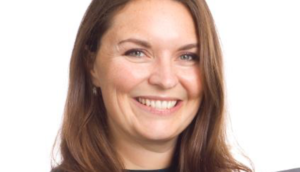The scale of social enterprises varies around the world, and there is no place where they have had such a long history or have grown to be quite as sophisticated as in Bangladesh[1] and largely without a supportive policy framework. With the country moving towards middle income status and aid money expected to dry up, like it has in neighbouring India, over the next decade, is it possible for social enterprises to fill the gap?
At BRAC we would say a resounding yes, social enterprises are capable of creating opportunities for the poorest, and if profits made are managed effectively and invested back into communities, it is possible for them to help fill some donor gaps. Ordinarily businesses consider social benefits as a by-product of creating profits, however BRAC’s social enterprises have the opposite intention; profits are a useful by-product of business that have the primary purpose of creating social impact.
Over the last 44 years BRAC has developed 16 social enterprises in Bangladesh. Each enterprise has filled a crucial gap in the market linking producers with consumers and creating new supply chains that ensure good prices and improved incomes for the poorest in society.
BRAC Dairy was established in the late 1980s when the BRAC microfinance programme supported ultra-poor farmers to invest in cows that could provide increased milk yields. Having increased the production of milk, these farmers were still limited in their ability to sell it beyond their villages, due to the lack of a cold chain, so BRAC now needed to ensure farmers were able to sell this milk into a larger market than just their village. But how? Well, we ended up building our own market.
BRAC began buying the milk that farmers produced at good prices and selling it in local urban areas, farmers could be then be guaranteed fair payments based on their production. BRAC Dairy stored and transported milk at scale making it cost-effective to set up further infrastructure and expand. Now the enterprise has 101 chilling plants, collects 170,000 litres of milk every day, supporting the livelihoods of roughly 40,000 farmers[2] and holds 22 per cent of the national market share.
As well as your milk, if you are middle-class in Bangladesh there is every likelihood that you may buy your fast food chicken, your clothes, your plants and get a loan to expand your business, all from BRAC and be safe in the knowledge that a portion of the money that you spend will go back into Bangladesh to provide incomes, employment opportunities and services for the very poorest.
Microfinance is our oldest and largest enterprise and now operates at scale in seven countries in Africa and Asia, providing a solid basis for programme development. It is easier to provide health, education or agriculture services in locations where there are offices already delivering microfinance. This reduces costs and increases co-operation and efficiency.
As well as social enterprises, BRAC has a number of investments, BRAC bank provides services for small and medium enterprises and retail, wholesale and commercial banking as well as national and international remittances. bKash, BRAC’s mobile money provider launched in 2011 has become the leader of a national ecosystem of 20 providers that has more than 29.2 million registered clients through more than half a million agents[3], meaning that banking and savings now include more people in Bangladesh than ever before, especially women.
All of these activities meant that in 2015 BRAC was 73 per cent self-financed and 27 per cent reliant on aid donors for an $860.36 million annual budget. You can see the history of this business model and the various social enterprises and development programmes that we are engaged with from this graphic.
Some social enterprises operated at a loss in 2015 (in grey) and most of these are chicken industries that were impacted by disease, however because the social enterprises have objectives in addition to making a profit; to create jobs, to create social value and to contribute to the development programmes, BRAC is prepared to accommodate a degree of loss making if the social value is significant and the business is on a path to profitability.
As you can see from the graphic the health and education development services are invested in most heavily. This is partly because they cover an extensive area of Bangladesh and require a lot of materials, inputs and staff training. However as social and economic development continues to positively impact Bangladesh, more and more people are able to pay low fees for essential services and these payments can then subsidize more services for the poorest. We have recently piloted low-cost fee paying schools in Bangladesh and we are refining the model and considering ways that we can implement low-cost models in other programmes.
BRAC has been able to create this alternative business model partly due to our scale, reputation and donor and investor trust. It is possible to foresee a situation where at some point in the future BRAC might be a self-sufficient organisation, although there is some way to go on that road.
Through their supply chains social enterprises create significant social value and can also create pro-poor profits. BRAC’s enterprises were created not to make great products or great profits (although it turns out that they sometimes do), but to engage communities that have been left behind into a supply chain so that they and their families benefit from jobs, wages and opportunities to escape poverty. BRAC is a very specific case, but it is clear that understanding both the needs of people who live in poverty and local markets is essential to establishing how the two can be tied together.
[3] BRAC, ‘Adopting mobile money: lessons learnt’, 2015 http://innovation.brac.net/fundchallenge/wp-content/uploads/2015/12…











One Response
Thanks Lewis for this inspiring blog. You talked about 40000 farmers in Dairy supply chain, is the situation similar in other social enterprise supply chains in terms of these involving large number of small holder farmers..also BRAC model seems to have proven that private sector (lead firm and other SMEs) level investments (donor funds, blended finance) automatically translate into increased income for small holder producers. What is your take on this approach of private sector development, where donor resources are invested in the belief that it will generate incremental incomes for the small holders.
All the best and more successes for all your initiatives!